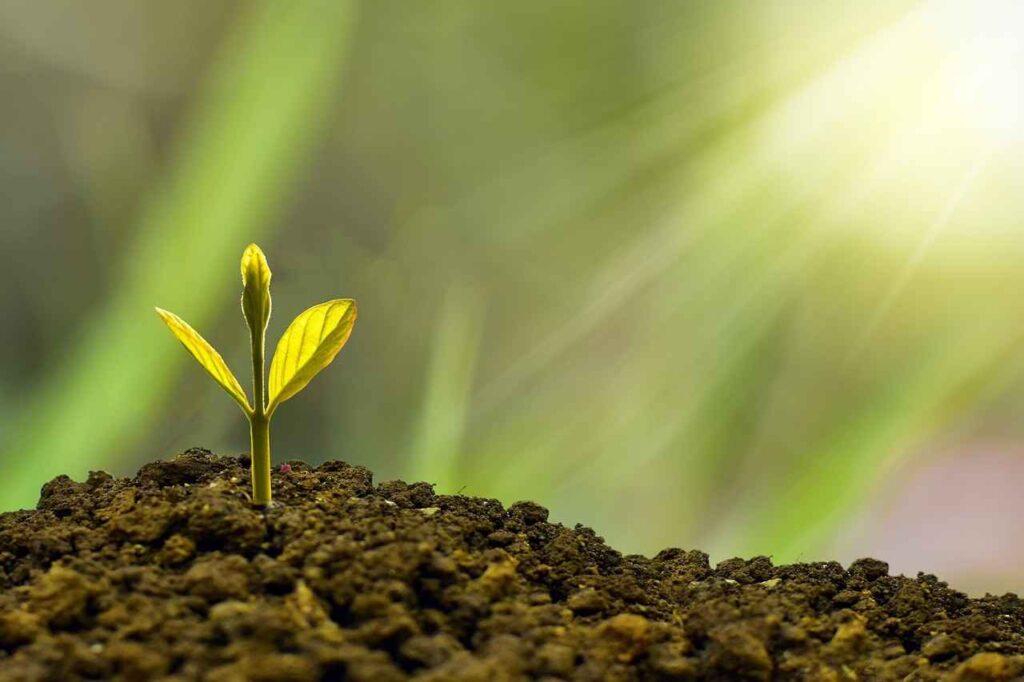Money Plants (Pothos / Devil’s Ivy) – Indoor Plant for Prosperity & Air Purification
Money Plant, also known as Pothos or Devil’s Ivy, is one of the most popular indoor plants worldwide. Beyond its aesthetic appeal, this plant is believed to bring prosperity and positive energy according to Feng Shui. Its climbing vines and vibrant green leaves make it a versatile addition to homes, offices, and indoor gardens.
Whether grown in soil or water, Money Plant is extremely low-maintenance, hardy, and capable of purifying indoor air. It is suitable for beginners and plant enthusiasts alike. In this guide, we will explore its benefits, care instructions, placement tips, propagation methods, and fun facts.
Key Benefits of Money Plants
Money Plants are more than just decorative indoor plants. They are believed to attract wealth, positivity, and good luck while improving indoor air quality. Here’s why adding them to your space can be beneficial.
Feng Shui & Prosperity
Attracts wealth, luck, and positive energy; ideal for living room or office corners.
Air Purification
Removes indoor toxins like formaldehyde, benzene, and xylene.
Low Maintenance
Grows in soil or water, tolerates low light, requires minimal care.
Decorative Appeal
Train vines on trellises, shelves, or hanging pots for natural elegance.
Stress Relief & Mental Well-being
Reduces stress and enhances focus in indoor spaces.
Popular Types of Money Plant
Money Plants come in a variety of types, each with unique leaf patterns and growth habits. Choosing the right type can enhance your indoor decor while maximizing its Feng Shui benefits.
Pothos Golden
Green leaves with golden yellow streaks, grows fast, ideal for hanging baskets or pots.
Pothos Marble Queen
White and green marbled leaves, very decorative and elegant.
Pothos Neon
Bright lime-green leaves, perfect for modern interiors.
Money Plant in Water
Hydroponic growth, commonly in glass containers, lucky for Feng Shui purposes.
Pothos Jade
Dark green classic variety, hardy and easy to maintain.
Placement, Care & Propagation
To ensure your Money Plant thrives and brings positive energy, it’s essential to know the best placement, proper care techniques, and propagation methods. Here’s a comprehensive guide for beginners and plant enthusiasts alike.
Best Placement Tips
Living Room
Place your Money Plant in the living room corners or near windows to attract positive energy and enhance the aesthetic appeal of the space. The plant’s vibrant green leaves instantly uplift the room ambiance.
Bedroom
Keeping a Money Plant in the bedroom helps purify the air, creating a calm and relaxing atmosphere. Its presence promotes mental relaxation and a peaceful sleep environment.
Office Desk
Place the plant on your office desk to reduce stress, improve focus, and boost productivity. Its green foliage adds a refreshing touch to the workspace, enhancing creativity.
Kitchen / Balcony
Money Plants can tolerate humidity and indirect sunlight, making kitchens or balconies suitable spots. Ensure they are not exposed to harsh direct sunlight to keep leaves healthy.
Hanging Pots / Trellises
Train the vines along decorative supports like trellises or hanging pots to create a vertical garden effect. It adds a dynamic and natural touch to your indoor decor.
Detailed Care Guide
Light
Thrives in bright, indirect sunlight but can tolerate low-light conditions. Rotate the plant occasionally to ensure even growth and prevent leggy stems.
Water
Water every 1–2 weeks, keeping the soil slightly moist. Avoid overwatering, as standing water can cause root rot. Hydroponic setups require regular water replacement.
Soil
Use a well-draining potting mix. For water-grown plants, add pebbles or marbles in the container to support roots and prevent stagnation.
Temperature & Humidity
Ideal temperature is 18–28°C (65–82°F). Normal indoor humidity is sufficient. Avoid placing near heaters or air conditioners.
Fertilizer & Pruning
Use balanced liquid fertilizer once a month. Regularly prune vines to encourage fuller growth, maintain shape, and remove yellow or damaged leaves.
Propagation Methods
Cuttings in Water
Select a healthy vine with at least 3 leaves. Place it in a glass of water, changing water weekly. Roots typically develop within 2–4 weeks. This method is easy and visually appealing for indoor decor.
Cuttings in Soil
Plant vine cuttings directly into moist, well-draining soil. Keep the soil slightly damp until roots are established. This method is ideal for long-term growth in pots.
Division
Mature plants with multiple stems can be carefully divided into separate sections. Replant each section in its own container or soil patch. This method helps in multiplying plants quickly while maintaining healthy growth.
Money Plant Insights & FAQ
Common Issues & Solutions
Yellowing Leaves
Often caused by overwatering or poor drainage. Reduce watering frequency, ensure pot has drainage holes, and repot in fresh well-draining soil. Yellow leaves often recover with corrected care.
Drooping Stems
Low light, underwatering, or sudden temperature drops cause droop. Move to bright, indirect light, water appropriately, and trim damaged stems for recovery.
Brown Leaf Edges
Dry air, salt buildup or excess fertilizer cause browning. Flush soil occasionally, reduce fertilizer, and increase ambient humidity by misting or a pebble tray.
Fun Facts About Money Plant
Can survive in water or soil and tolerates low light — great for beginners and busy homes.
Valued in Feng Shui and Vastu for symbolizing prosperity when kept healthy and placed thoughtfully.
Fast-growing vines can be trained as hanging plants, climbers, or kept compact with pruning.
Heart-shaped leaves make it a popular gift plant for homes and offices.
Air Purification Facts
Money plants are reported to help reduce indoor pollutants like formaldehyde and benzene in small, indoor settings.
They boost freshness and add a sense of wellbeing — best used in combination with ventilation for real air-quality improvements.
Low-maintenance and suitable for bedrooms, living rooms, and offices where extra greenery helps concentration.
Conclusion
Money Plant (Pothos / Devil’s Ivy and “Money Tree” varieties) is low-maintenance, adaptable, and great for indoor decor and air freshness. With correct watering, light, and occasional pruning you can enjoy long-term growth and the positive energy it brings.

